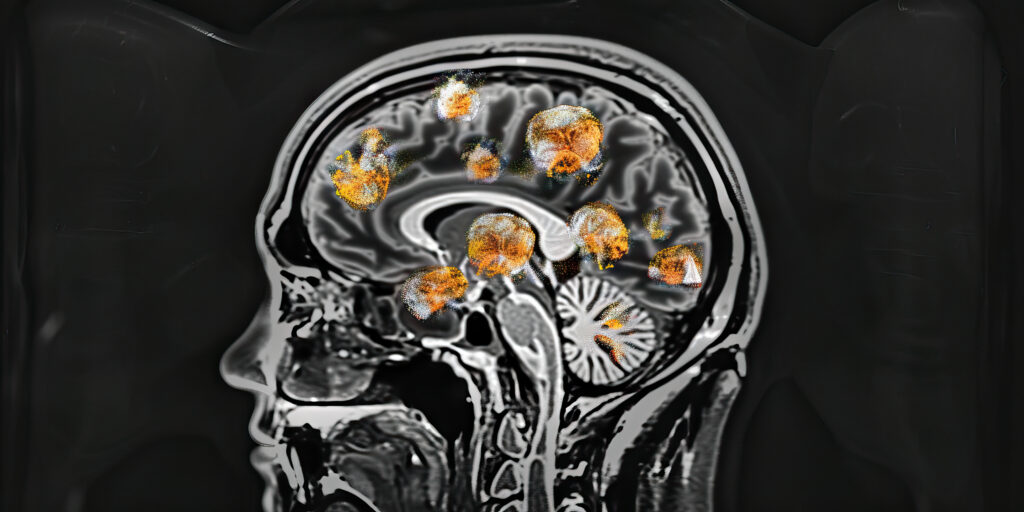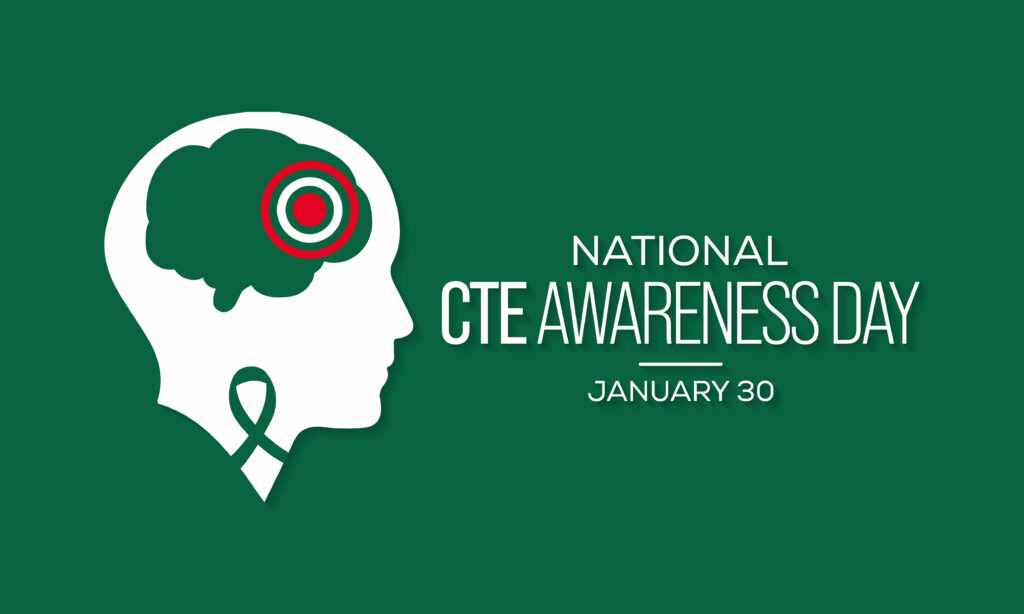Understanding CTE: The Silent Threat to Brain Health
Revised by Dr. Rehan Sajjad | April 30th 2025
In recent years, Chronic Traumatic Encephalopathy (CTE) has gained attention as a serious brain condition linked to repeated head trauma. CTE is a progressive degenerative disease that affects individuals who experience repeated concussions or blows to the head. It is most commonly found in athletes, military personnel, and others exposed to repetitive brain injuries.
What is CTE?
CTE is caused by the buildup of an abnormal protein called Tau. This protein deposits within nerve cells throughout the brain, damaging them and affecting cognitive, emotional, and motor functions. Unlike other brain injuries that may heal over time, CTE develops gradually and worsens with continued damage. Currently, CTE can only be definitively diagnosed after death, which makes early detection and intervention especially challenging.
Who is at Risk?
CTE is most commonly associated with contact sports such as football, boxing, ice hockey, soccer, and rugby. Military veterans exposed to explosive blasts and individuals with a history of repeated concussions also face an increased risk. The longer someone is exposed to repeated head trauma, the greater their chances of developing CTE.

Symptoms of CTE
Symptoms of CTE often take years—or even decades—to appear. They may include:
- Memory loss
- Confusion and difficulty thinking
- Mood swings and emotional instability
- Depression and anxiety
- Impulse control problems
- Suicidal thoughts
- Movement difficulties similar to Parksinson’s disease
Because these symptoms can mimic other neurological conditions, diagnosing CTE in living individuals remains difficult.
Preventing CTE
There is currently no cure for CTE, so prevention is critical. Reducing head trauma and adopting better safety practices in sports and high-risk environments can help reduce the likelihood of developing the disease. Key prevention strategies include:
- Improved helmet technology – High-quality protective gear helps absorb impact and protect the brain.
- Rule changes in sports – Many sports organizations have updated rules to limit head-to-head contact and reduce risky play.
- Concussion protocols – Prompt removal from play and medical evaluation after a concussion can prevent further damage.
- Education and Awareness – Help athletes, miliatary members, and others understand the risks of head trauma empowers them to make safer choices.
The Future of CTE Research
Researchers are actively exploring better ways to detect and treat CTE. Studies are underway to identify biomarkers in blood and spinal fluid that may help diagnose the condition in living patients. Additionally, advancements in brain imaging could allow for earlier detection and intervention before symptoms become severe.
Conclusion
CTE is a serious and complex condition with no known cure, but awareness and prevention can make a significant difference. By promoting brain safety, improving protective technologies, and supporting ongoing research, we can help protect individuals from the long-term effects of repeated head injuries.

If you or someone you know has a history of head trauma and is experiencing symptoms such as memory issues, mood changes, or motor problems, seek guidance from a medical professional.
Protecting brain health starts with knowledge. Understanding CTE is a vital step in safeguarding our future.
